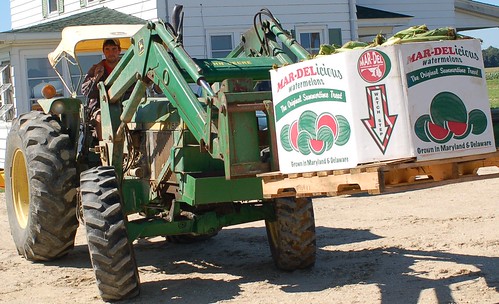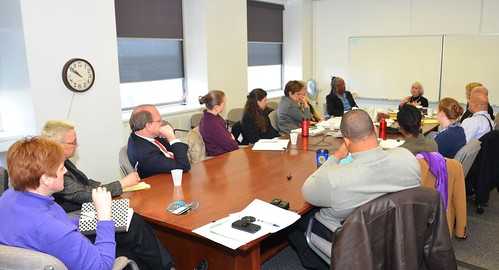
Recently I had a great opportunity to attend a meeting of Maryland’s Partnership to End Childhood Hunger. Led by Governor Martin O’Malley’s Office for Children, the Partnership "table" brings together state agencies, USDA, local non-profit organizations such as food banks, advocacy groups, and the private sector. Since November of 2008, the Partnership has focused its efforts on connecting individuals to federal nutrition programs and bridging the gap between eligibility and participation.
At the meeting, John Shaia, the Maryland Food Bank director of programs thanked USDA for the Hunger-Free Communities grant for the Partnership. Shaia said that the grant money “directly helped our Food Bank purchase and distribute more than 1.7 million pounds of fresh Maryland produce to our neediest citizens.” That was great news. Hunger-Free Community Grants are awarded by the Food and Nutrition Service to communities striving implement effective strategies to end hunger.

The Maryland Food Bank has done a remarkable job using innovative strategies and critical partnerships to feed its constituents. The food bank created partnerships with 27 local farmers who donated a substantial amount of produce. They turned nearly 500 thousand pounds of the 1.7 million into fresh and healthy meals distributed through their Food Works program. They also hired a full-time sourcing position and secured nearly $300,000 from private foundations.
The Maryland Partnership to End Childhood Hunger and the Maryland Food Bank are shining examples of how federal grant money can become a multiplier of other resources. Creating partnerships, improving services, and dramatically increasing the distribution of fresh and local fruits and vegetables has created the opportunity to positively impact the health and well-being of low income Maryland residents.
